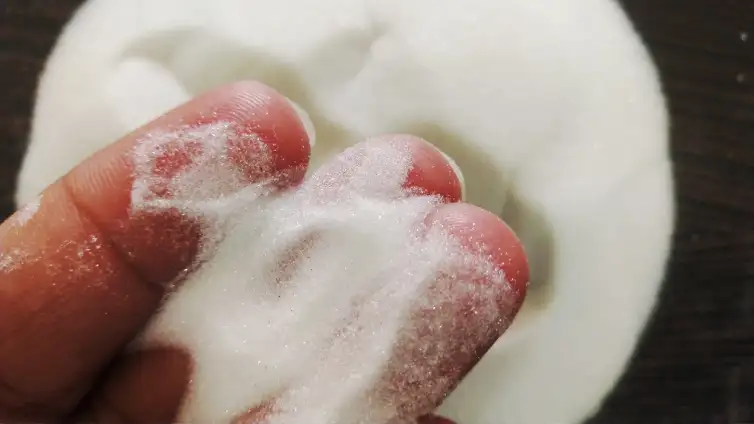Products

*Price Range - Rs 10-100 per/kg
4.0 Star Rating by our Precious Clients



Because glass bead GB 30/40 is an unstable material, chemical and physical processes in glass and on the glass surface are influenced by a variety of internal and external stimuli. Some varieties of historical 19th-century glass beads have been found to be subjected to more extensive deterioration than others. SEM-EDX, EBSD, Raman, and FTIR microspectroscopy were used to evaluate samples of glass bead GB 30/40 of various colors and conservation conditions.
Glass Beads Manufacturing is a multistage, highly complex process. It includes multiple high-temperature processes, such as glass melting and bubbling, followed by drawing, thinning, and cutting of glass tubes, tumbling, and so on. Each of these steps includes annealing or even softening after melting, followed by cooling and repeated vitrification. The stability of glass is greatly affected by cooling.
Even adherence to technological standards, however, is not a guarantee of success in the creation of long-lasting glass bead GB 30/40. For example, during tumbling, chopped pieces of a glass tube were processed at elevated temperatures (usually no higher than 500°C), resulting in the formation of a superheated glass layer (i.e. modified by re-melting and re-vitrification) in the outside and inner bead diameter, similar to a "shell" surrounding a "core." Low-fusible glasses are more susceptible to this occurrence.
As a result, internal tensions near their interfaces are caused by the difference in density and linear expansion coefficients of glass bulk and modified glass. The process of gradually removing internal stress through the creation of fissures causes further damage. Furthermore, due to the difference in coefficients of linear expansion of glass and crystals, significant crystalline inclusions and their clusters generated in the glass melt (T > 1200°C) may reinforce the destruction of some types of glass beads during annealing.
This process is most severe in the modified glass layer of turquoise glass bead GB 30/40. All relatively quick processes in the glass matrix stop once the beads cool down; nonetheless, large internal tensions in the glass matrix linger around crystals and/or at core-shell interfaces, or at the interfaces between differently colored glasses in the case of two-layered beads.
1.) A 6mm glass bead with a covering of 100 percent was used to achieve the highest increase of CHF by glass-peening. For surfaces inked with 100 percent covering, the increase of CHF was shown to be insensitive to a wide range of glass-bead sizes (from 60-90 um to 125-180 um).
2.) The maximum influence on the CHF response was obtained with a coverage of 100% using a set size of glass beads for shot peening.
